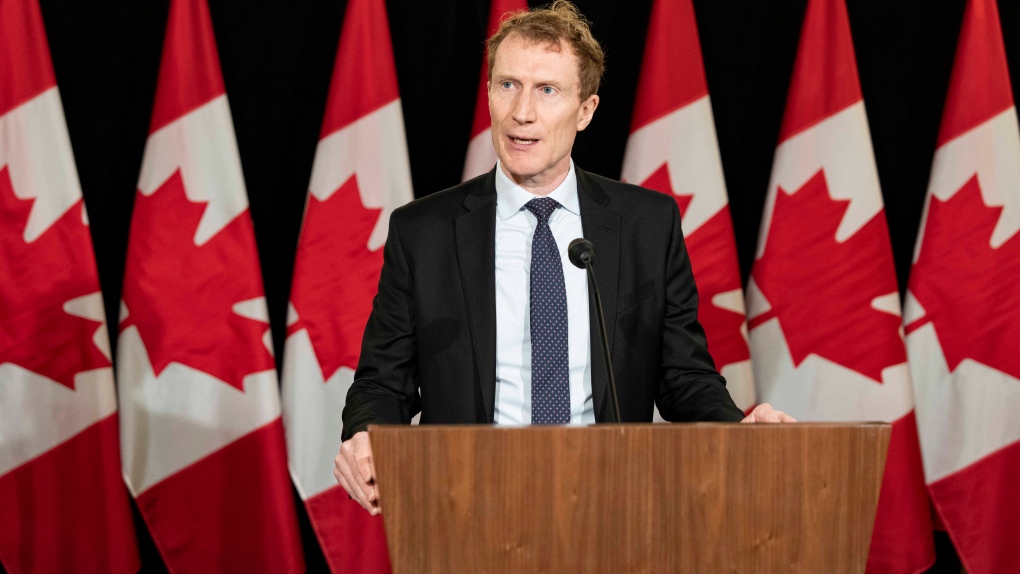Canada Caps International Student Enrollment for Next Two Years
Canada has announced a new two-year pilot program to limit the number of international students admitted to colleges and universities across the country. This controversial move aims to address concerns about schools becoming overcrowded and domestic students being squeezed out.
Background – Rising International Enrollments in Canada
Over the past decade, Canada has seen a dramatic increase in international students coming to study at its post-secondary institutions. According to the Canadian Bureau for International Education (CBIE), there were over 720,000 international students in Canada in 2021, a significant jump from fewer than 200,000 in 2011. The top source countries are China, India, South Korea, France, and Vietnam.
This influx has provided clear financial benefits to Canadian schools. International students typically pay much higher tuition fees than domestic students, generating millions in revenue for the education sector. However, their rising numbers have also led to controversy about strains on campus resources. Classes are overcrowded, housing is limited, and faculty complain of burnout.
What is Canada’s New International Student Cap?
In response to these pressures, Canada has introduced a two-year limit on new international student intake. Each province can now set caps on how many new international students its schools can accept based on available resources. Once a school hits their threshold, no additional international students will be admitted during that enrollment period.
The goal is to temporarily halt the unchecked growth in international enrollments to allow Canada to assess the impact on educational quality. It’s considered a transitional measure, which will be reviewed after two years. Students currently enrolled in Canadian schools are not affected.
Who Does the Cap Impact?
The main group impacted will be potential new international students hoping to study in Canada in the next two years. They may face more limited options and potentially no acceptance if schools have already reached their quotas. Domestic Canadian students will be less affected.
Canadian colleges and universities will also feel the effects. With lower tuition revenue from international students, some schools may need to readjust budgets and staffing. However, proponents argue this disruption is necessary for schools to upgrade overstretched resources and return focus to domestic education.
Perspectives on the International Student Cap
- Critics argue the cap limits access to Canadian education. Student groups have protested that the caps arbitrarily prevent qualified applicants from studying in Canada if quotas are filled. They argue Canada should expand resources to accommodate more students rather than capping enrollment.
- Proponents say the cap can improve education quality. Advocates of the cap say rapid international student growth has seriously degraded the student experience. Limiting new students will allow schools time to upgrade facilities, hire faculty, and return class sizes to reasonable levels.
- There are concerns about implementation. Some worry schools may not use the two-year cap window to actually improve campus infrastructure. There are also calls for the government to provide more funding to schools to support expansion.
Challenges Facing International Students
Beyond enrollment issues, international students in Canada face other challenges that need addressing:
- Language barriers – Students may struggle with English or French proficiency in classes and daily life. Schools need to provide adequate language support.
- Social isolation – Making friends and integrating into Canadian social life can be difficult. Programs to connect domestic and international students are important.
- Navigating daily necessities – International students have to adjust to unfamiliar public transport, banking, health systems, and laws. Orientation resources are crucial.
- Mental health – Being far from home and adjusting to a new culture can negatively impact mental wellbeing. Counseling services need to be available.
Tips for Prospective International Students
For those hoping to study in Canada over the next two years, here are some tips:
- Consider all options – lower ranked schools, colleges, delayed enrollment
- Directly contact schools about how they are affected
- Research study abroad in other countries as a backup
- Be proactive arranging housing and transition issues
- Check for Canadian scholarships for international students
The two-year cap presents new challenges for international students seeking a Canadian education. But those who are flexible and thorough in their planning can still achieve their goals.
What Students Should Know About the Cap
The international student cap in Canada has understandably caused anxiety and uncertainty. Here are a few key things all students, both domestic and international, should understand about the new policy:
- The cap is a temporary measure – it is currently set at just 2 years and will be reviewed in 2024. It does not mean a permanent end to international student growth in Canada.
- Not all schools will reach their cap – Each province sets a total cap based on its resources and capacity. But some individual schools may still have room for more international students. Check directly with your desired institution.
- Current international students are not affected – The caps only limit new student intake. If you are already studying in Canada, you can continue and graduate unimpeded.
- Domestic students may benefit – Limiting new international students may free up resources and improve student-faculty ratios for current Canadian students. But it depends on how schools utilize the cap.
- Other options still exist – Students who are blocked from Canada could still consider other international study destinations like the UK, Australia, Europe, the US, and Asia.
Will Canadian Education Quality Improve After the Cap?
The big question is whether limiting international student growth will actually improve Canadian education as intended. Here are some factors at play:
- Reduced student-teacher ratios – With fewer new international students, class sizes could decrease and schools may be able to hire more faculty. This could improve educational quality.
- Targeted resource investment – Schools now have a 2-year window to build more housing, classrooms, labs, and student services. But it depends if budgets are allocated to these improvements.
- Limits revenue declines – With fewer new international students paying high tuition, schools could see drops in funding. This could negatively impact operations. The government may need to help fill financial gaps.
- Maintains diversity – While slowing growth, the cap will still allow a steady influx of international students. This preserves diversity and cross-cultural exchange on Canadian campuses.
- Unintended incentives – Critics worry schools may use international student caps to limit enrollments while doing little to improve student experiences. More oversight is needed.
The cap creates an opportunity for positive changes to Canadian higher education. But schools, policymakers, and students will all need to work to ensure the potential benefits are fully realized.
Applying to Canadian Schools During the International Cap
For prospective international students interested in applying to Canadian schools over the next two years while caps are in place, here are some tips:
- Apply early – Applying as early as possible maximizes your chances of acceptance before caps are reached. Popular programs fill up quickly.
- Have backup options – Given enrollment limits, also apply to schools in other countries as a fallback. The UK, Australia, Germany, the US, and New Zealand also offer great international education.
- Be flexible – If your preferred Canadian schools cannot accept you due to hitting caps, broaden your search to other decent Canadian options. Getting some Canadian education is better than none.
- Consider your finances – Research how much financial aid and scholarships each school provides. Seek external awards for international students as Canadian aid may be constrained.
- Talk to current students – Connect with international students already at your desired Canadian schools to get their advice and insights about the application process.
- Highlight your strengths – Refine your application essays and materials to showcase why you would excel at that particular Canadian school. Convince them to accept you within their cap.
With some flexibility and foresight, international students can still make attending a Canadian university or college a reality during this temporary period of government-imposed enrollment caps.
Conclusion:
Canada’s new two-year cap on international student intake aims to address valid concerns about resource constraints and overcrowding at schools. However, its limits on accessible education have sparked controversy. The true effectiveness of the policy will depend on how well schools utilize this transitional period to invest in upgrades benefiting all students. Prospective international students will face narrowed options during the cap but can still achieve their Canadian education goals by applying strategically. For the policy to succeed, Canada’s government must adequately fund schools and ensure oversight that quality improvements are enacted. If done right, the cap could bring needed changes. But it will require efforts on all sides to make it a constructive rather than obstructive measure.

